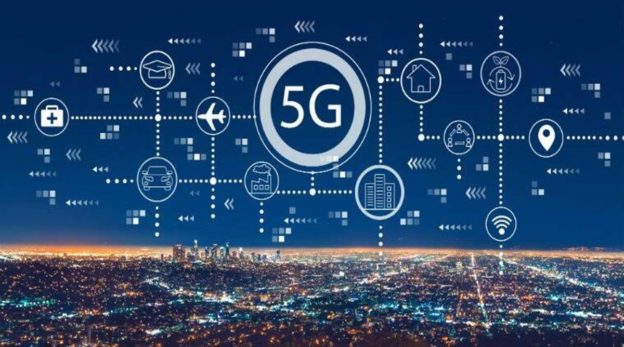Aside from providing high-speed connectivity to users, 5G will also allow companies to develop various enterprise-level solutions, such as connected vehicles, machine-to-machine communications, and more immersive experiences.
5G Auctions: The biggest ever spectrum auction in India, concluded on Monday with bids coming in at over Rs 1.5 lakh cr, which is more than three times the initial expectations. Reliance Industries was the biggest spender in the auction, as it was able to acquire almost half of the total spectrum sold, and was the only one to secure the premium 700 MHz band.
The government was able to sell out a total of 51.2 GHz of spectrum, which is more than 70% of the total 72 GHz spectrum that was up for grabs. According to Union Minister of Communications, Ashwini Vaishnaw, the sale of these frequencies is good enough for covering all the country’s telecom circles in the next two to three years. The estimated revenue that the government will receive from the sale of these frequencies is Rs 13,365 crore.
The introduction of 5G will help India move toward its digital transformation goals. It is expected to create an industrial revolution by delivering high-speed connectivity and an unprecedented level of innovation. Aside from providing high-speed connectivity to users, 5G will also allow companies to develop various enterprise-level solutions, such as connected vehicles, machine-to-machine communications, and more immersive experiences.
Also Read: Jio top 5G bidder with Rs 88,078 crore: Telco buys 24,740 MHz spectrum
However, there are various myths about technology. This article aims to debunk these and provide a deeper understanding of what 5G is all about.
Myth: 5G is just another phone
Reality: The technology that underlies 5G was designed to connect a variety of devices. It allows us to harness the power of artificial intelligence, edge computing, and the internet of things, and bring forth remarkable innovation. With the convergence of these technologies, it is now possible to offer devices with unprecedented processing power. 5G can also help businesses grow by allowing them to create new applications and services.
Myth: Deploying 5G is nothing different to 4G or other previous generations
Reality: The evolution of the mobile device network has been hindered by the structural limitations of 4G. As a result, it is now necessary for the next generation of networks to address the complex needs of their users. One of the most important factors that businesses need to consider when it comes to implementing 5G is the implementation of a cloud architecture. This will allow them to connect various devices, such as sensors and industrial automation devices, across multiple locations.
Myth: 5G is less secure than 4G
Reality: Despite the various security concerns that have been raised about the potential risks that 5G poses, the telecommunication industry has maintained that it is still capable of addressing these issues. In addition to implementing a variety of security measures, the industry will also be working on improving the overall security of the networks.
Every piece of data that is sent and received across the networks is protected by multiple cryptographic operations. This ensures that the sensitive information that is stored in these systems is secure. The implementation of 5G will allow businesses to reduce the complexity of their operations by allowing them to focus on their core business.
Also Read: Supreme Court directs Reliance Jio to pay Tata Communications Rs 70 crore
Myth: 5G is linked to Covid-19
Reality: Despite the various false claims that have been made about the possible link between 5G and the COVID-19 pandemic, the network is not connected to the virus. In fact, conspiracy theorists have been spreading disinformation about the coronavirus outbreak on social media by claiming that a group of global elites was using 5G to spread the disease.
One theory suggests that the use of 5G networks could cause COVID-19 symptoms or decrease the immune system’s ability to fight the virus. Another theory states that the electromagnetic fields generated by the networks could increase the risk of getting infected. However, an independent scientific panel has refuted these claims and maintains that there is no link between the virus and the use of 5G.
Also Read: Well-prepared to launch 5G services on time: Telcos
Myth: 5G towers kill birds?
Reality: Contrary to popular belief, the use of 5G mobile cellular networks does not cause birds to die. In fact, the radio waves generated by the antennas used for the transmission of data are not harmful to birds. This claim was made by a conspiracy theorist who created a myth about 5G testing that led to the deaths of several starlings.
Despite the various studies that have been conducted on the possible effects of 5G on migratory birds, researchers have noted that there is no proof that it can cause detrimental effects.
https://www.financialexpress.com/industry/technology/5g-to-roll-out-in-india-soon-here-are-some-myths-around-this-next-generation-telecom-technology/2614563/





